A sword linked to King Arthur has been pulled from this lake. A damned soul is said to howl across its waters and its depths are rumoured to resonate with the spells and hexes of witchcraft.
Local folklore claims the lake is bottomless and that a tunnel connects it to the sea, 10-and-a-half miles (16.9 kilometres) away. The lake’s name even means ‘drop of sea’ in Cornish.
If you were walking high on Bodmin Moor, near Altarnun, Cornwall, and came across Dozmary Pool, you might feel puzzled that this pretty tarn – shimmering mirror-like in a pleasantly rugged landscape – could have attracted such legends.
But if you were to linger and stare at the pool, you might get a sense of the uncanny. If clouds were to slide over the sky and shroud the sun, the placid lake might start to look melancholy, sinister. The moorland around Dozmary Pool could become eerie and bleak, the dark hills above it threatening.
You might then give some credence to the tales about Jan Tregeagle, a fugitive from Hell and Cornish version of Faust. You might begin to half-believe the stories of the Lady of the Lake, of King Arthur’s sword Excalibur being cast into Dozmary Pool, and of curses woven and knotted into ‘witches’ ladders’.
In 1893, the writer Robert Charles Hope stated, ‘The pool is the theme of many marvellous tales, which the peasants most implicitly believe. It is said to be unfathomable and the haunt of evil spirits. Begirt by dreary hills, it presents an aspect of utter gloom and desolation.’
So let’s wade into this apparently bottomless store of myth, rumour and legend and see what we can discover about Dozmary Pool.
Dozmary Pool, the Lady of the Lake and King Arthur’s Sword Excalibur
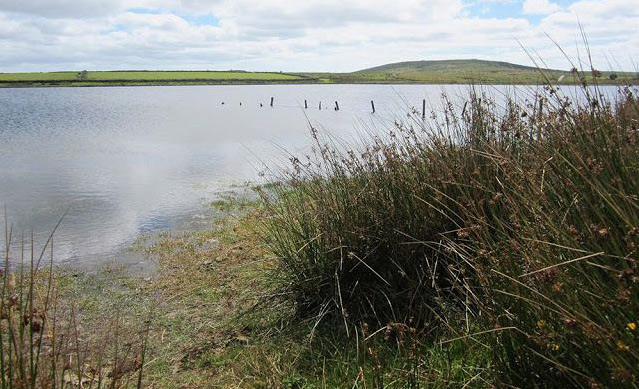
Is Dozmary Pool the resting place of King Arthur’s sword Excalibur? (Photo: Jessie Lilac)
At the start of his kingly career, Arthur is said to have come to a lake and rowed out into it. A hand thrust up from the waters – belonging to a mysterious damsel, the Lady of the Lake. The hand of this beautiful enchantress was clutching a sword, the famous Excalibur, which she bestowed on Arthur.
King Arthur brandished the magical sword throughout his tumultuous reign, hacking and slashing at numerous villains, enemies and giants. Various legends have given Excalibur incredible properties – that its blade ‘gave light like 30 torches’ and could blind opponents, that it could ‘slice through iron as through wood’, that it had been forged in the mystical land of Avalon, and that any warrior wearing Excalibur’s scabbard wouldn’t lose of drop of blood.
But even this wondrous sword couldn’t protect King Arthur against treachery. Arthur’s antagonistic half-sister – the witch Morgan Le Fay – stole his scabbard, leaving him vulnerable to wounds. Then, while Arthur was fighting in France, his nephew – and son – Mordred rose up against him. Mordred seized Arthur’s throne and – in a somewhat Freudian fashion – married Arthur’s wife Guinevere. After hastening back to Britain, Arthur and his knights fought several battles against Mordred and his followers, with the final and most bloody being the Battle of Camlann.
After that battle, as King Arthur lay fatally wounded – again, in good Freudian fashion, thanks to Mordred – he called upon his faithful servant Bedivere. Arthur told Bedivere to throw Excalibur into a nearby lake, which many believe was the very lake he was presented with the wonderful weapon from. Bedivere tried to do as commanded, but – bewitched by the beautiful, gleaming sword – it took him three attempts. When he finally hurled it over the lake, Bedivere was amazed to see a hand shoot up from the waters, catch the sword and majestically sink with it below the waves. The Lady of the Lake had reclaimed Excalibur.
According to some accounts, a black boat then appeared, bearing – some say – magical ladies and queens, among them (a presumably repentant) Morgan Le Fay and even a (presumably dried off) Lady of the Lake. Carried into the boat, Arthur was taken to the Isle of Avalon, where his wounds would be tended and where he would lie in a centuries-long sleep that hovered between death and life. This weird coma, many assert, gives King Arthur the option of waking one day and returning when England really needs him.
The trouble is that the medieval writers of Arthurian romances, like Geoffrey of Monmouth and Thomas Malory, neglected to mention where this lake is. Neither can its location be found in the Celtic and French chronicles Geoffrey and Thomas based their works on. But certain legends point to Dozmary Pool as being the place. Perhaps this is due to the air of doleful mystery that surrounds the lake, with the stark moors and sombre hills recalling the sadness of Arthur’s murder and the lamentable departure of England’s legendary king. Maybe it’s easy to imagine the Lady of the Lake poking her arm up from Dozmary Pool’s grey, eerie and – supposedly – bottomless waters.
Over the centuries, eager mythographers have made attempts to connect Dozmary Pool with sites of reputed Arthurian importance, sites legend has linked with the 5th-and-6th-century era during which Arthur is rumoured to have reigned. About 10 miles from Dozmary Pool is the hamlet of Slaughterbridge, where a bridge spans the River Camel. Some legends claim this is where the Battle of Camlann took place, with Arthur and Mordred lunging and swinging at each other on the bridge and the river running red with blood. The closest lake to Slaughterbridge is the enigmatic Dozmary Pool. So, if the battle did occur there, Dozmary Pool’s the only lake into which Bedivere could have tossed Excalibur, even if 10 miles might have been a bit far for the wounded Arthur to stagger. There are reports of locals unearthing armour and other relics of war around Slaughterbridge.
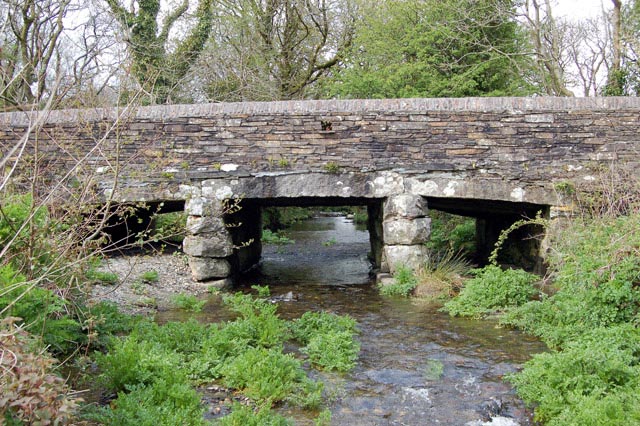
Slaughterbridge, Cornwall – the site of King Arthur’s last battle? (Photo: Andy F)
Near Slaughterbridge is the ‘Arthur Stone’, which some say marks the king’s grave. (Assuming, that is, that Arthur wasn’t carried off by the funereal barge to Avalon.) This stone – part of whose worn inscription, some believe, spells out ‘Arty’ – attracted a visit from the Arthur-obsessed poet laureate Alfred Lord Tennyson, whose Idylls of the King repackaged Arthurian legend for a Victorian readership.
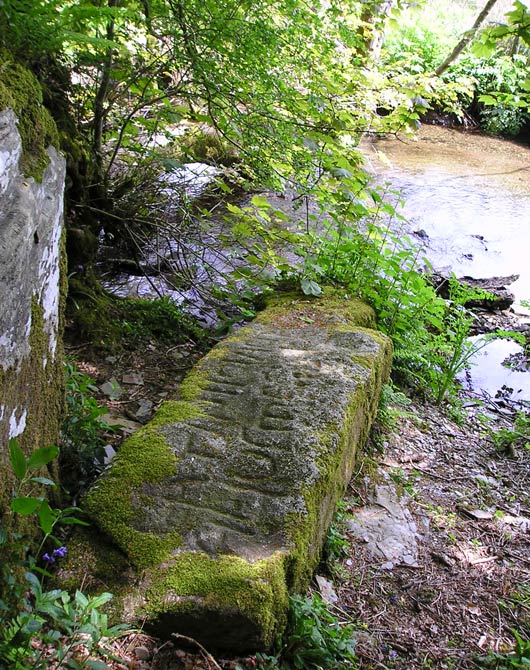
The Arthur Stone, Cornwall – does its mysterious inscription honour Britain’s legendary monarch? (Photo: visitcornwall)
Above Dozmary Pool, lies King Arthur’s Common, upon which stands King Arthur’s Hall, a mysterious rectangle of stone ruins and earth banks. Not far away, there’s even a King Arthur’s Bed, a large rock boasting a strange man-shaped hollow. Another nearby site is Castle Killibury, a collection of earthworks some link to a place called Kelliwic, one of King Arthur’s courts. Here, some legends say, Mordred provoked the events that culminated in the Battle of Camlann, by dragging ‘Gwenhwyvar (Guinevere) from her throne’ and kidnapping her.
Tintagel Castle – a cliff-perched, sea-battered stronghold about 20 miles from Dozmay Pool – is said to be the site of King Arthur’s conception. Arthur’s dad Uther, having taken a fancy to the lady of the castle, had sneaked into her bedchamber disguised – by Merlin’s trickery – as her husband.
Dozmary Pool certainly has a brooding atmosphere. But, if we clear the mists of legends and overly keen conjectures from our eyes, any role for the pool in Arthur’s narrative starts to look shaky. The armour and other artefacts discovered around Slaughterbridge – rather than being remnants of the Battle of Camlann – probably come from a separate battle that took place around 800 C.E. As for the Arthur Stone, researchers have proved it has no King Arthur connections – its inscription in fact commemorates a ‘son of Magarus’. King Arthur’s Hall – being Neolithic or Bronze Age – is too early to have hosted the meetings and festivities of the knights of Camelot. The man-shaped depression in King Arthur’s bed was likely just sculpted by harsh moorland weather and Castle Killibury is actually an Iron-Age hillfort.
The dramatic ruins at Tintagel are the remains of a castle built in the 1230s – long after Arthur’s time – though there is some evidence for a royal settlement at Tintagel dating to the early Middle Ages. As for Dozmary Pool itself, it doesn’t have any islands – and so can put forward no candidates for the Isle of Avalon. A more likely contender for Avalon is Glastonbury Tor, which was once an island surrounded by marshes.
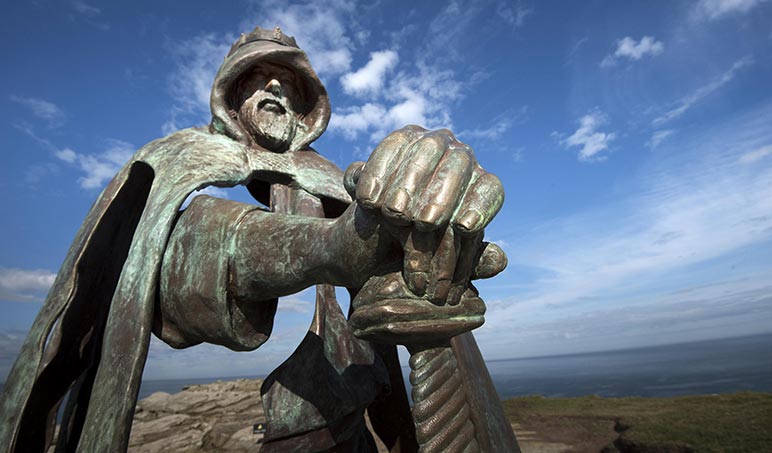
The King Arthur sculpture at Tintagel Castle, the supposed site of the king’s conception. (Photo:visitcornwall)
But the legends connecting King Arthur to Dozmary Pool have persisted up to modern times, with a recent incident demonstrating the strength of the notion that the lake is Excalibur’s resting place. In 2017, a seven-year-old schoolgirl from Doncaster, Matilda Jones, was paddling in Dozmary Pool when she told her father she’d spotted a sword.
Her Dad, who’d told his kids about Dozmary Pool’s Arthurian associations while driving south for the family holiday, said, ‘She was waist deep when she said she could see a sword.’
‘I told her not to be silly and that it was probably a bit of fencing, but when I looked down, I realised it was a sword. It was just there lying flat on the bottom of the lake.’
Matilda and her father pulled a rusted, four-foot, regal-looking weapon from the bed of Dozmary Pool. According to some King Arthur legends, whoever possesses Excalibur is England’s rightful monarch. It’s unlikely, however, that Matilda will be crowned just yet. The sword she found isn’t thought to have an age of more than 20 or 30 years.
Mr Jones said, ‘I don’t think it’s particularly old. It’s probably an old film prop.’
Dozmary Pool, the Witch’s Ladder and Bubbles Filled with Curses
Dozmary Pool is associated with a sinister magical device known as a ‘witch’s ladder’. A witch’s ladder was a cord or string with cocks’ or pheasants’ feathers woven into it. Each feather represented a specific curse or spell, each of which was intended to cause the witch’s victims aches, discomforts and pains. What appeared to be a witch’s ladder was discovered in the attic of an old house in Wellington, Somerset, in 1878, a discovery which sparked a blaze of interest and controversy among Victorian academics and folklore enthusiasts.
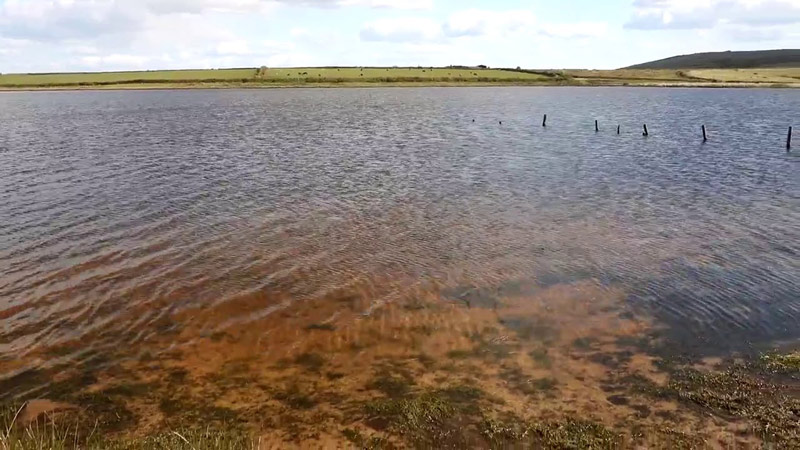
Does a witch’s ladder – knotted with curses – lie in Dozmary Pool? (Photo: Into Cornwall)
The device’s connection with Dozmary Pool comes from a novel by Sabine Baring-Gould (1834-1924), a Devon priest, antiquarian and folklorist. In Mrs Curgenven of Curgenven (1893), Baring-Gould described a witch weaving a ladder from black wool and white and brown thread, tying in cocks’ feathers every two inches, and saying, ‘There be all kinds o’ aches and pains in they knots and they feathers … ivry ill wish ull find a way, one after the other, to the jint and bones and head and limbs o’ Lawyer Physic.’
The witch then cast her ladder into Dozmary Pool, in the belief that – as the water gradually rotted it and undid the knots – the curses would be unleashed. Some say that when you see bubbles rising to Dozmary Pool’s surface, it means one of these hexes has been released into the world.
Dozmary Pool and the Damned Spirit of Jan Tregeagle
Reputed to be one of the wickedest men to have ever lived in Cornwall, Jan Tregeagle’s crimes were rumoured to include murdering his wife and son and acquiring an estate by tricking an orphan out of his inheritance. A steward under the Duchy of Cornwall in the 17th century and a magistrate, Tregeagle was notoriously hard on his tenants and infamous for enriching himself at their expense. He was even said to have made a Faustian pact with the Devil, trading his soul for even more wealth. After Tregeagle’s death, the locals felt great relief, but any respite from Jan wasn’t destined to last.
There are several versions of the Jan Tregeagle legend, but the basic story is as follows. After Tregeagle died, there was a court case involving some tenants he’d helped swindle. At one point in the trial, a defendant shouted, ‘If Tregeagle ever saw it, I wish to God he would come and declare it!’
Any laughter this remark triggered was soon silenced. Thunder boomed, lightning flashed, a stench of burning brimstone filled the court, and the shade of Jan Tregeagle – pale, transparent, but undoubtedly resembling the man he was in life – appeared in the witness box. Gasps resounded, some witnesses and spectators fled, but the judge stayed calm enough to question the apparition. Tregeagle’s ghost admitted forging a document and justice was served in the tenants’ favour, but Jan’s spirit then begged not to be sent back to Hell, pleading for protection from the demons waiting to whisk him there.
A local vicar took pity on him, possibly influenced by the fact that – shortly before he died – Jan Tregeagle had hedged his bets by donating land to the Church. The vicar decided to set the frightened soul impossible tasks to keep it busy till Judgement Day. Jan’s first job was to empty Dozmary Pool.
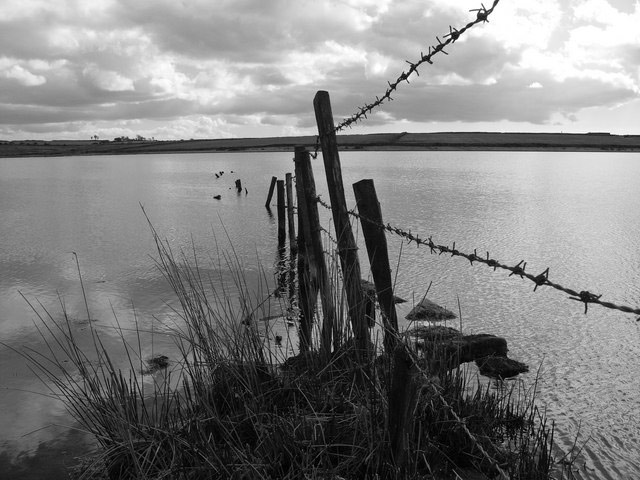
Dozmary Pool, Cornwall – a haunt of the damned spirit of Jan Tregeagle? (Photo: Amanda King)
Emptying a bottomless lake would be difficult enough, but – to make sure Tregeagle would be kept at this labour until the Day of Doom – the vicar told him to empty the waters using a limpet shell with a hole in it. According to legend, wicked supernatural beings cannot cross living water, so – as long as Jan stayed in Dozmary Pool and worked on his task – the demons couldn’t get him. They instead massed on the shore – along with their black, red-eyed hellhounds – eager for any chance to snatch his soul and carry it back to the infernal regions.
As he laboured – lashed by moorland gales and tormented by storms – Jan suffered terribly. On windy nights, his screams and moans resounded around Dozmary Pool and echoed across Bodmin Moor. But such tortures were preferable to those awaiting Tregeagle back in Hell.
One night, however, as an especially savage storm thrashed Dozmary Pool, Jan Tregeagle could stand it no longer. He dashed from the tarn and the demons and hellhounds set off after him, their shrieks mixing with the howling winds. As the devils and their hounds couldn’t pass over the pool, they had to go around it, giving Tregeagle a head start.
Jan made for Roche Rock – a granite outcrop, near the village of Roche, crowned by a 14th-century chapel dedicated to St Michael. Desperate for refuge in this holy sanctuary, Jan tried to crash through one of the chapel windows, but became stuck, unable to slither through the narrow arch. Though his head was safe in the chapel, the demons and hellhounds clawed at his body.
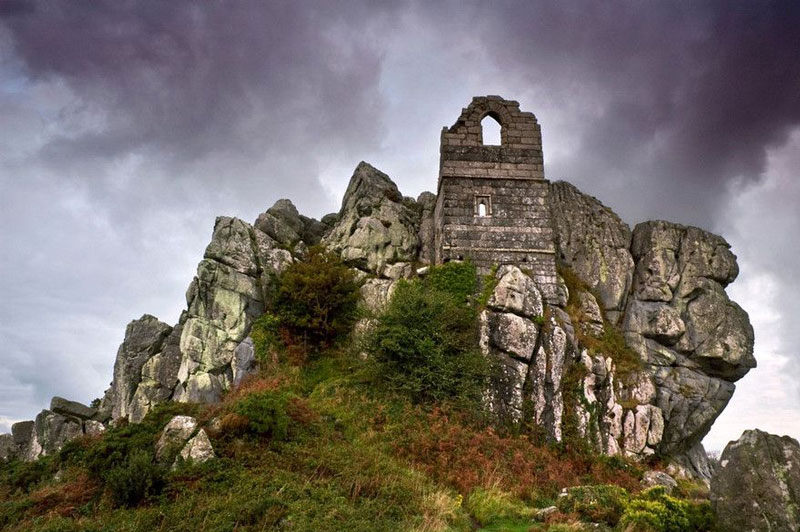
Roche Rock, where Jan Tregeagle fled after escaping Dozmary Pool. (Photo: themagicofcornwall)
Jan’s screams and groans alerted the priest who’d set him to work in Dozmary Pool. With the help of two saints, the priest transported Tregeagle to Gwenor Cove. Here he was given the task of weaving a rope of sand from the beach, which he was then commanded to take to Carn Olva. As each day the tide destroyed Jan’s work, this job – like his labours in Dozmary Pool – appeared unachievable. But the crafty spirit found a way to complete the chore – one cold night, Jan poured water over the rope and it froze solid. A group of exorcists and holy men, however, ordered him to weave another rope – and this time forbade him to approach water. It’s said that on dark nights, you can still hear Jan Tregeagle’s howls of frustration mingling with the wind.
Another version of the legend states that the people of Padstow became so disturbed by Jan’s wails that they called on Saint Petroc. The saint bound Jan with a huge chain and set him to work carrying sand from Berepper Beach across the Cober Estuary to Porthleven, ordering him to continue until only rock was left at Berepper. This task was also impossible because whenever the tide came in, it replenished the sand.
One day, however, as Tregeagle was carrying a bag of sand across the estuary, a demon tripped him, making him drop his load. The sand fell into the river, forming the shingle barrier known as Loe Bar. The water trapped behind the bar became the freshwater lake of Loe Pool, rendering the town of Helston’s harbour useless by cutting it off from the sea. This so infuriated the locals and their priest that they banished Tregeagle to Land’s End.
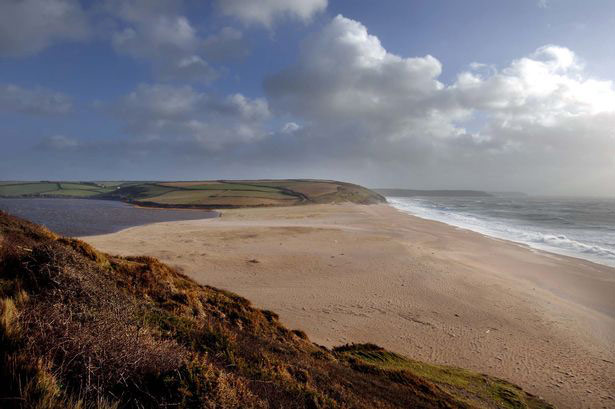
Did Jan Tregeagle create Loe Bar, separating Loe Pool from the sea? (Photo: CornwallLive)
It’s said that Land’s End is still haunted by Jan Tregeagle, whose task is now to sweep sand from Porthcurno Cove into Mill Bay. You can still hear his wails of anguish among the shrieking gulls, the crashing waves and moaning winds.

Are the cliffs, rocks and coves around Land’s End haunted by the restless spirit of Jan Tregeagle? (Photo: Chris Combe)
What Could Explain the Strange Legends Attached to Dozmary Pool and the Demonic Tales of Jan Tregeagle?
Perhaps there’s something about Dozmary Pool’s situation – as an isolated oasis in bleak moorland – that’s encouraged legends to affix themselves to it. One legend, we can say, is false – the pool isn’t bottomless. Cattle can be seen wading in Dozmary Pool, even close to the centre, and the lake dried up completely in 1859 and 1976. Also, during these droughts, no tunnel to the sea was revealed.
The story of Jan Tregeagle echoes common motifs in myth and folklore. Tregeagle’s pact with Satan for worldly wealth and success mirrors legends of other soul sellers like Faust, the violinists Giuseppe Tartini and Niccolo Paganini, and the blues musician Robert Johnson.
The – seemingly – impossible tasks Tregeagle is set recall the Labours of Heracles and punishments imposed on wicked mythological characters. In Greek myth, King Sisyphus was forced to spend eternity pushing a boulder up a hill only to see it roll back down. For killing their husbands on their wedding nights, the Greek Danaids had to spend the hereafter attempting to carry water in sieves. In English folklore, one of the murderers of Thomas a Beckett – William de Tracey – is, like Tregeagle, condemned to weave ropes of sand, in his case on the beach at Woolacombe, Devon. Whenever his rope is finished, a black dog with a ball of fire in its mouth appears and breaks the rope up.
Perhaps the Jan Tregeagle legend also stems from shadowy memories of some Celtic god that loomed over the landscape. And Tregeagle does seem a personification of brute natural forces – the winds that bellow over Bodmin Moor, the storms that lash Dozmary Pool, the dangerous tides and waves of Cornwall’s craggy coast. In an isolated farmhouse or coastal cottage, as the wind wails, as thunder reverberates and waves smash, one could suspect the spirit of Jan Tregeagle is tearing around outside, chased by shrieking demons and howling hellhounds.
The Jan Tregeagle legend may also be linked to the folklore of giants. The activities of giants were used to explain mysterious structures like stone circles, burial mounds and Roman roads as well as natural oddities like Loe Bar. Cornish giants were apparently responsible for constructing the tidal island St Michael’s Mount. The large boulders around the island in Mount’s Bay were rumoured to have been left after a fight between two giants. A giant is said to have built the ‘rocking stone’ at Zennor – a huge boulder balanced on a small outcrop – to lull himself to sleep. Robert Charles Hope refers to Tregeagle as ‘a grim giant’ who ‘has been connected in Cornwall with a real person, the dishonest steward of Lord Robartes at Lanhydrock, where a room in the house is still called Tregeagles.’
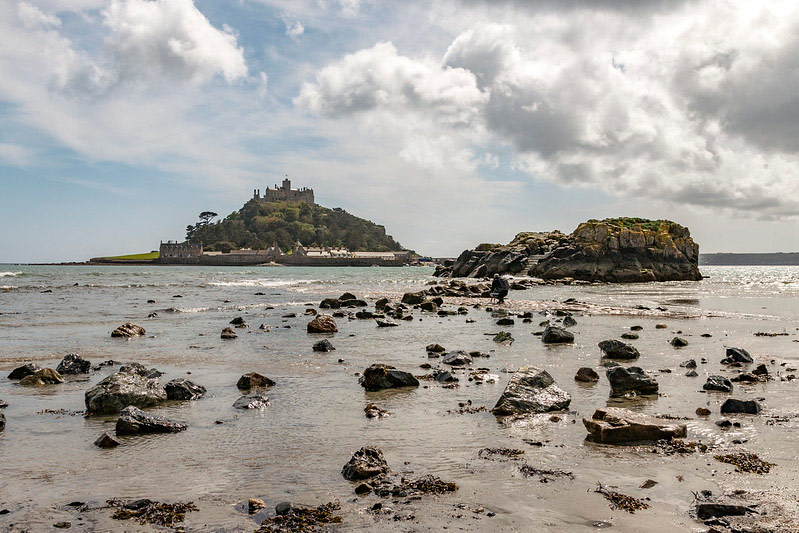
The island of St Michael’s Mount and rocks in Mount’s Bay – the work of giants? (Photo: Amateur with a Camera)
The hellhounds recall the legend of another wicked south-west bigwig – the squire Richard Cabell, whose spirit is said to roam Dartmoor at night, accompanied by black, red-eyed dogs: a story that inspired Arthur Conan Doyle’s Hound of the Baskervilles. Legends of black dogs with glowing eyes are common throughout Britain, in tales of creatures such as the Barghests of Yorkshire and East Anglia’s Old Shuck.
The Tregeagle legend could also be a Cornish version of the Wild Hunt, a phenomenon during which a mythological figure leads a brigade of phantom huntsmen and demonic dogs across the sky. Those said to lead a Wild Hunt – usually as a punishment for some sin – include Odin, the Devil, Cain, King Arthur, Herne the Hunter and Sir Walter Raleigh.
As for the holy men and priests of the Jan Tregeagle story, their miraculous powers may reach back to legends of Catholic and Celtic saints, which Cornwall – like Brittany across the Channel – is especially rich in. Perhaps their powers even recall those of earlier magicians – the druids and shamans of pagan times.
As Robert Charles Hope suggests, existing legends – of giants, demons, black dogs and wonder workers – could have coalesced around a notorious real-life figure. What began as a ghost story or morality tale may have become more outlandish as the years passed.
The myths attached to Dozmary Pool might reflect its importance to humans and nature. A post-glacial lake, Dozmary Pool feeds the River Fowey and both pool and river have long been vital water sources. Today, Dozmary Pool’s waters also supply the massive Colliford Lake reservoir. At the end of the 19th century, Sabine Baring-Gould described Dozmary Pool as ‘abounding in fish’ and being surrounded by the remains of Stone-Age flint workings. When the pool dried up, Neolithic arrow heads were discovered, suggesting the site has been a centre of human activity for centuries. Dozmary Pool’s bed and margins provide a home for rare plants and it’s an important site for migratory birds. Dozmary Pool forms part of the Cornwall Area of Outstanding Natural Beauty. Perhaps the Arthurian Lady of the Lake is an echo of a nymph or water goddess that once personified this crucial body of water.
Unusual or vital features of the landscape can inspire the strangest tales and this certainly seems the case with Dozmary Pool. This attractive tarn may well continue to act as a mirror for human hopes, terrors, desires and needs for some years to come.
(This article’s main image, showing Dozmary Pool, is courtesy of Paul)

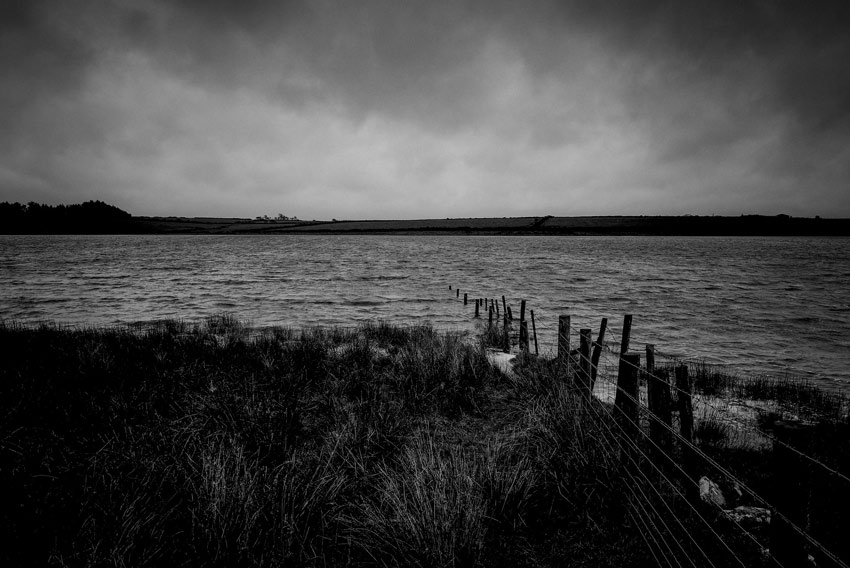
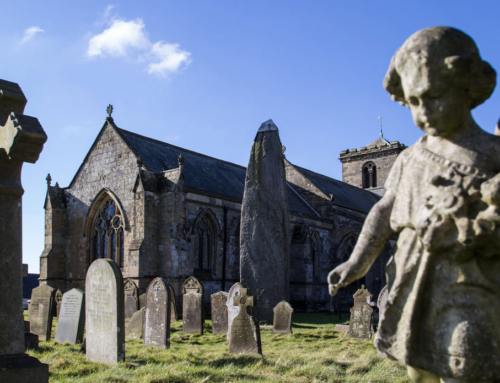

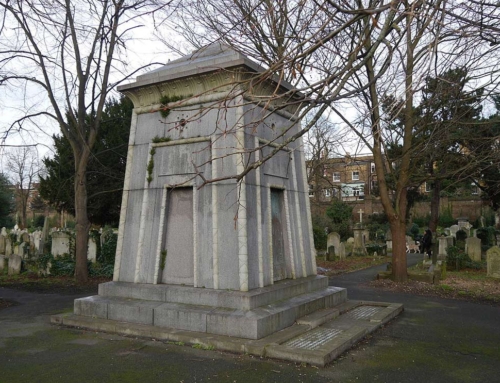
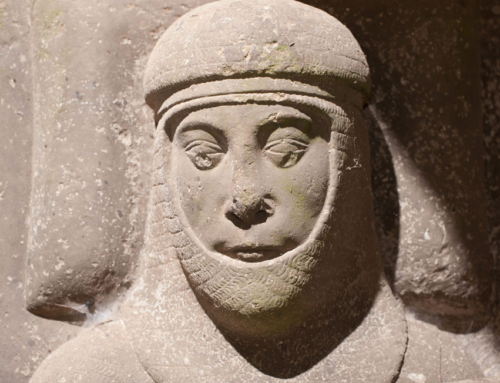
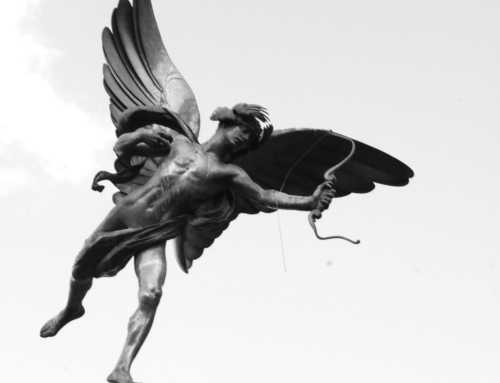
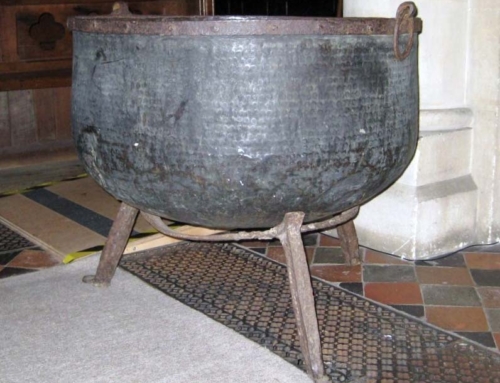
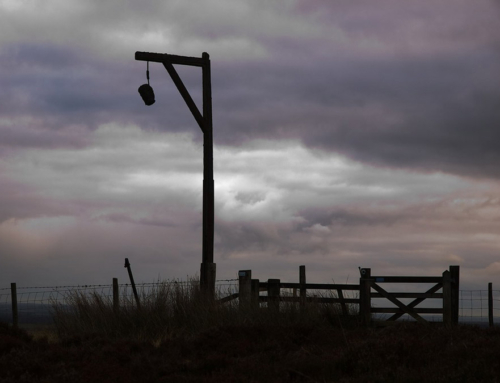
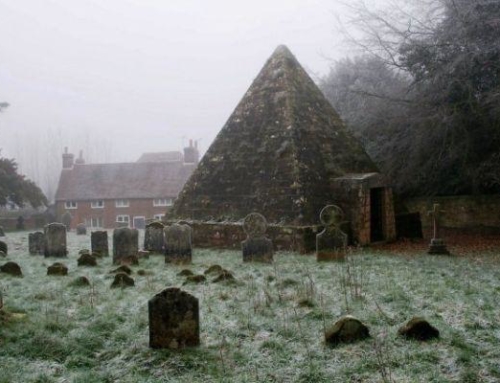
Leave A Comment